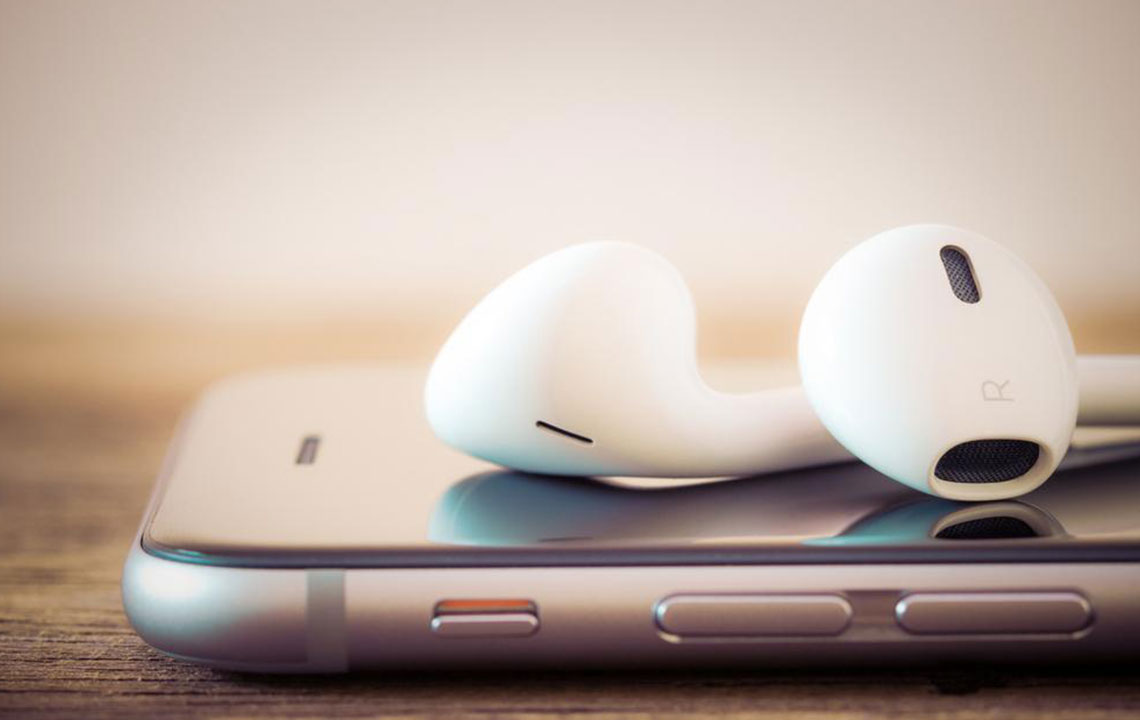Comprehensive Guide: 4 Essential Smartphone Camera Features to Elevate Your Photography
Discover the essential features to consider when choosing a smartphone camera. This comprehensive guide explores megapixels, storage, lens quality, and flash technology, helping you select a device that elevates your photography experience. Whether you're a casual user or a professional, understanding these aspects ensures you make an informed decision to capture beautiful, high-quality images in any setting.

Smartphones have fundamentally transformed the way we document and share our everyday lives, turning ordinary moments into eternal memories through high-quality photographs. Over the past decade, the evolution of mobile camera technology has been remarkable, with modern smartphones capable of capturing images rivaling many professional cameras. Whether you're a casual photographer, a social media enthusiast, or a professional content creator, understanding what makes a smartphone camera outstanding is crucial for choosing the right device. In this detailed guide, we will explore four essential features to consider when selecting a smartphone camera, helping you make an informed decision that enhances your photography experience.
1. Megapixels (MP): Clarifying Image Sharpness and Detail
One of the most commonly discussed specifications in smartphone cameras is the megapixel count. Megapixels measure the resolution of the camera sensor and directly influence the detail and clarity of your photos. A higher MP value means that your images have more pixels, making them sharper and more detailed, especially when you need to enlarge or crop the photos without losing quality.
In recent years, premium smartphones have increased their camera resolutions, with many models featuring sensors of 12MP, 48MP, or even higher. For casual users, a 12MP camera is often sufficient for everyday photography needs, providing crisp images suitable for printing, sharing on social media, and archiving precious moments. Advanced photographers or those who require large-format prints might prefer higher-resolution sensors for the additional detail they provide.
However, it’s essential to understand that megapixel count alone does not determine overall image quality. Other factors such as sensor size, lens quality, and image processing play crucial roles. Nevertheless, for those prioritizing detailed images and versatile cropping options, choosing a camera with higher MP can be beneficial.
2. Built-in Storage: Ensuring Adequate Space for Your Photos and Media
Another critical aspect to consider when selecting a smartphone for photography is built-in storage capacity. High-resolution images, videos, and other media files require ample space for storage. If your device does not have sufficient local storage, managing your media can become cumbersome, leading to the need for frequent data transfers or reliance on external storage solutions.
Most smartphones today come with internal storage options ranging from 64GB to 1TB. For photography enthusiasts who capture high-resolution images and record 4K videos, a device with at least 128GB or more is recommended to prevent running out of space quickly. Additionally, many smartphones now offer expandable storage via microSD cards, allowing users to increase their storage capacity conveniently and economically, especially if they have a sizable media library.
Furthermore, cloud storage services like Google Photos, iCloud, and OneDrive provide supplementary options for backing up photos and freeing up device space. When choosing a smartphone, consider your storage needs based on your usage habits and digital lifestyle to ensure seamless photo management and access.
3. Camera Lens Quality: The Key to Realistic and Accurate Photos
The quality of the camera lens significantly impacts the fidelity and realism of your photographs. The lens controls how light enters the camera and focuses onto the sensor, affecting image sharpness, color accuracy, and overall visual appeal. A high-quality lens ensures that your pictures are true to life, with vibrant colors and clear details.
Smartphone manufacturers often incorporate multiple lenses, such as wide-angle, telephoto, and ultra-wide lenses, each with different optical qualities. Investing in a device with optics crafted from high-grade materials, such as multi-element glass lenses, can dramatically improve image clarity and reduce distortions like chromatic aberration or lens flare.
Moreover, features like aperture size (measured in f-stops) play a role in lighting and depth of field. A larger aperture (e.g., f/1.8) allows more light to reach the sensor, resulting in brighter images and better performance in low-light conditions. When comparing models, pay attention to the lens specifications and reviews regarding lens quality to select a smartphone that produces realistic, vivid images.
4. Advanced Flash Technology for Better Nighttime Photography
Lighting conditions profoundly influence the quality of mobile photography. While most smartphones are equipped with dual LED flashes, their brightness and effectiveness can vary significantly. Traditional dual LED flashes provide decent illumination in well-lit environments but may fall short under challenging low-light conditions.
For improved nighttime shots, some flagship smartphones incorporate Xenon flashes, which produce a much brighter and more natural light burst. Xenon flashes can effectively illuminate subjects at a distance, minimizing motion blur and capturing sharper images in dark settings. However, they tend to consume more battery power and may produce a harsh, flat light if used improperly.
Choosing a smartphone with advanced flash technology depends on your photography habits. If night photography is a priority, opting for a device with Xenon flash support can enhance your images considerably. Conversely, if most of your photos are taken in well-lit environments, a standard dual LED flash might suffice. Additionally, many smartphones now leverage software enhancements such as night modes and AI-based low-light optimization to improve photo quality without relying solely on flash technology.
Bringing It All Together: Making the Right Choice
Understanding these four critical features—megapixel count, storage capacity, lens quality, and flash technology—empowers you to select a smartphone that aligns with your photography aspirations. Each feature complements the others; for instance, a high-resolution camera paired with a high-quality lens and sufficient storage will ensure you capture stunning images without compromise.
Moreover, technological advancements such as computational photography, AI enhancements, and sensor stabilization continue to evolve, further elevating mobile photography standards. When choosing a smartphone, consider your specific needs: casual shooting, professional-grade photography, or social media content creation—and prioritize the features that matter most to you.
In conclusion, the perfect smartphone camera is a combination of multiple features working harmoniously. By paying close attention to megapixels, storage options, lens quality, and lighting capabilities, you can find a device that not only meets but exceeds your photography expectations. Happy capturing and exploring the world through your camera!





